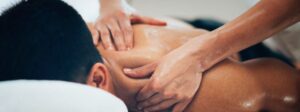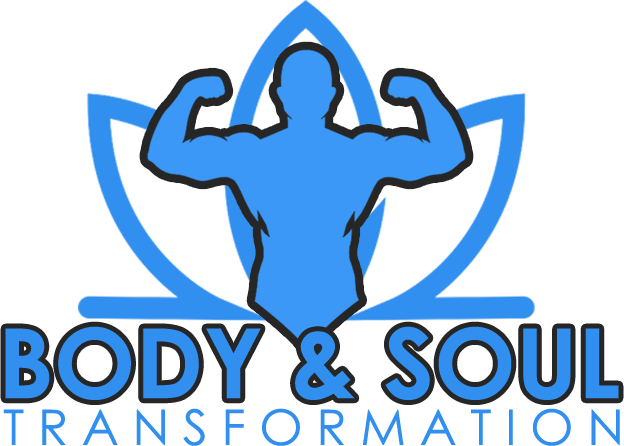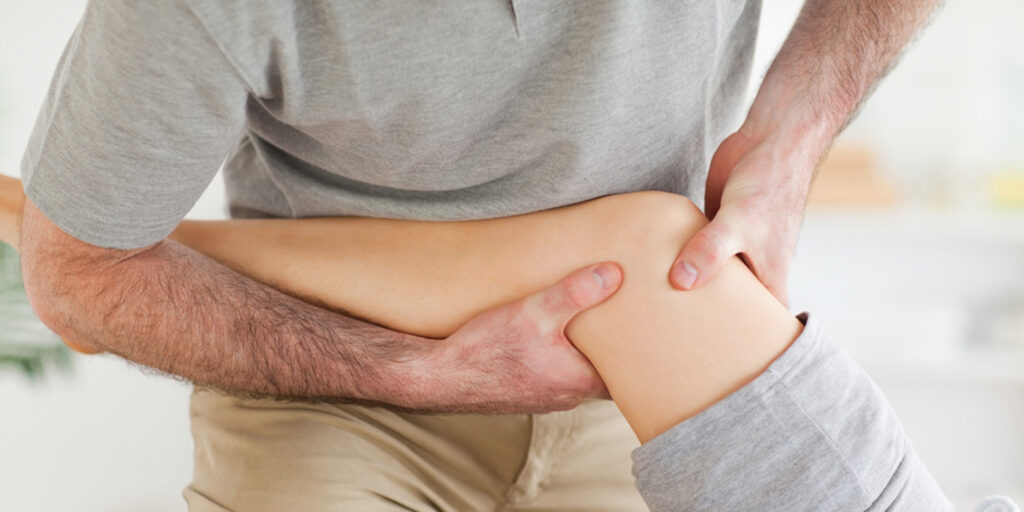The effect of massage on the muscles
A person has more than 400 skeletal muscles, they make up from 30 to 40% of the total weight. In this case, the weight of the muscles of the limbs is 80% of the total weight of the muscles. Skeletal muscles cover the entire human body, and when we talk about the beauty of the human body, we first of all mean their harmonious development and location.
Massage increases the overall performance of the muscles. According to experimental studies, the performance of tired muscles after massage can increase by 5-7 times.
After a strong physical exertion, a ten-minute massage is enough to not only restore the initial working capacity of the muscles, but also increase it. This reaction of muscle fibers to massage also contributes to the irritation of special nerve fibers contained in the muscle bundle.
Under the influence of massage in the muscles, blood circulation and redox processes improve: the speed of oxygen delivery and removal of metabolic products increases. As a result, sensations of stiffness, soreness and swelling of the muscles are eliminated.
The effect of massage on the nervous system

The nervous system performs the most important function of the human body — regulating.
neural connections that are formed in the cortex of the cerebral hemispheres in response to various external stimuli.
Massage has an effect on the peripheral and central nervous system. When massaging the skin, the nervous system is the first to respond to mechanical irritation. At the same time, a whole stream of impulses is sent to the Central nervous system from numerous nerve-terminal organs that perceive pressure, tactile and various temperature stimuli.
Under the influence of massage, impulses arise in the skin, muscles and joints that excite the motor cells of the cerebral cortex and stimulate the activity of the corresponding centers.
The positive effect of massage on the neuromuscular apparatus depends on the type and nature of massage techniques (the pressure of the masseur’s hands, the duration of the passage, etc.) and is expressed in an increase in the frequency of muscle contraction and relaxation and in skin-muscle sensitivity.
We have already noted the fact that under the influence of massage improves blood circulation. It, in turn, leads to an improvement in blood supply to the nerve centers and peripheral nerve formations.
The results of experimental studies have shown that a severed nerve is restored faster if regular massage of damaged tissues is performed. Under the influence of massage, the growth of axons accelerates, the formation of scar tissue slows down and the dissolution of decay products occurs.
In addition, massage techniques help to reduce pain sensitivity, improve the excitability of nerves and the conduction of nerve impulses along the nerve.
Effects of massage on the respiratory system
Various types of chest massage (rubbing and kneading the muscles of the back, neck and intercostal muscles, the area of attachment of the diaphragm to the ribs) improve respiratory function and relieve fatigue of the respiratory muscles.
Regular massage, carried out for a certain period of time, has a beneficial effect on the smooth pulmonary muscles, contributing to the formation of conditioned reflexes.

